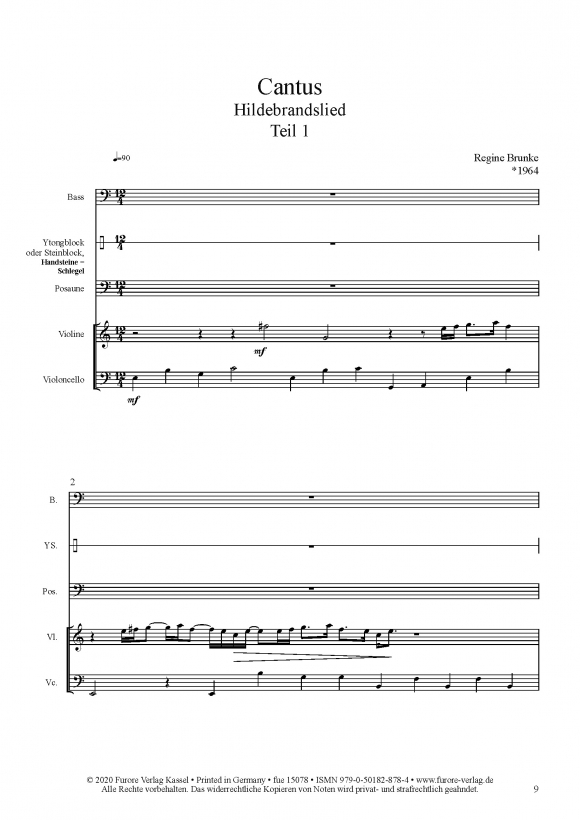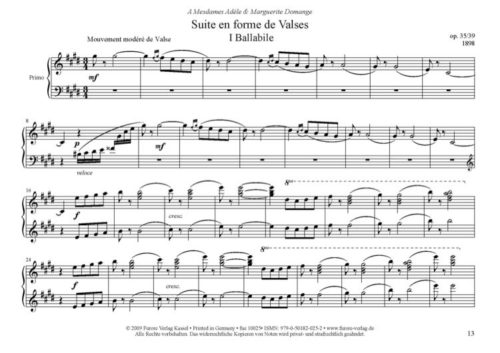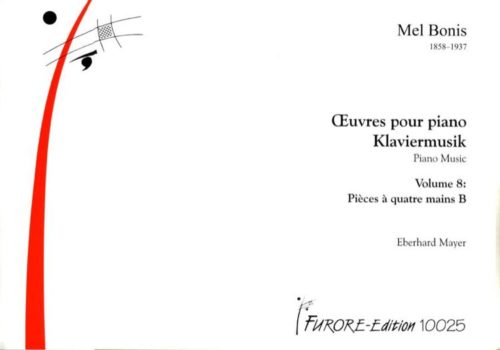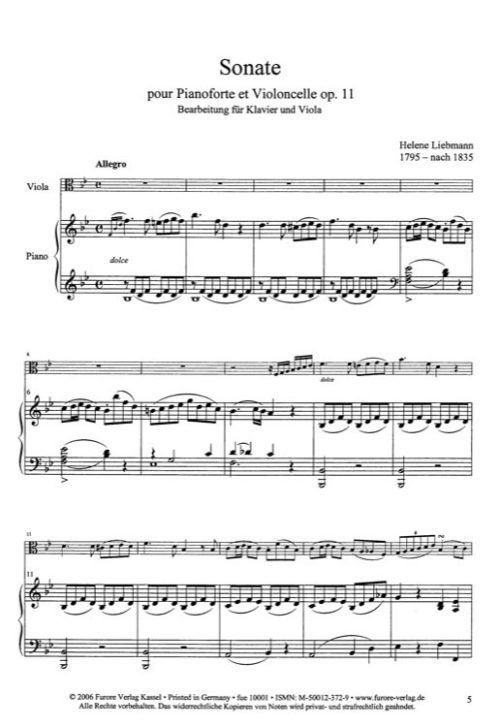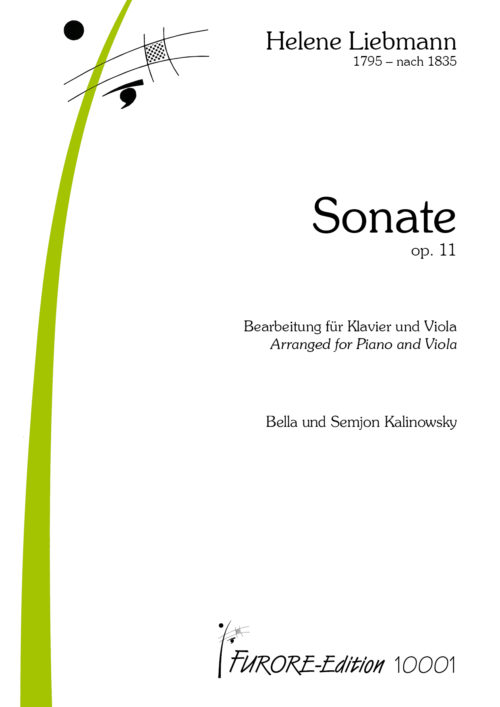Description
Instrumentation: Solo voice (bass), violin, violoncello, trombone, stone percussion, speaking voice
Edition: score and part
Year: 2020
Difficulty: medium
The compositions Cantus, Insprinc Haptbandun and Uolon fascinate in a variety of ways, especially through the expressive sound of the Old High German language and the unusual cast. Stagings as singing games or short operas are ideal. Concert performances in connection with or without a reading are attractive. Opportunities for performances are among other: Concert series and avant-garde festivals, theaters and small opera stages, universities and museums (ancient history and ancient language faculties and exhibitions), medival festivals and concerts, literature festivals.
From the foreword by the composer
In 2012 I discovered several Old High German poetic finds from the 9th century in the Landes- und Murhardschen library in Kassel, which were made accessible to literature by the Brothers Grimm in 1812. What actually began as an artistic commission for the city of Kassel for the Grimm anniversary has never let go of me since then. The sound, linguistic rhythm and content of the archaic text fragments are testimonies from an ancient world, shaped by pre-Christian spirituality and strength.
A rich firmament consisting of female and male deities as well as suns, winds, stars, trees, seas and prophetic animals shape the symbolic belief in nature and create moods and inner images and make souls resound. My composition Cantus – the setting for the Hildebrand song from the 9th century – is based on the style of sacred cantatas of the early baroque tradition. (Volume 1) Four vocal parts, worked out into 5-part movements for bass, violin, stones, trombone, cello, take over parts of the dialogue between Hildebrand and Hadubrand in Old High German. The rest of the text fragment is spoken spoken, as is the explanatory description (translation) of the text.
Hildebrand, the soothing, war-weary father who appeals to reason and family ties shows himself in the straight, regular 12/4 time. The melodies and harmonies are deliberately powerful, archaic and harmonious. Hadubrand, the repellent, deeply insecure, suspicious and aggressive son, is depicted compositionally with clearly more disharmonious harmony, polyphonic melody and rhythmically irritating elements.


